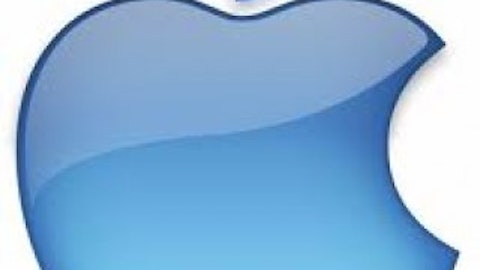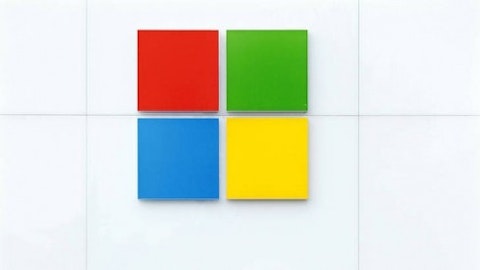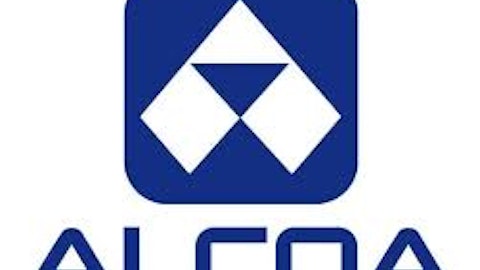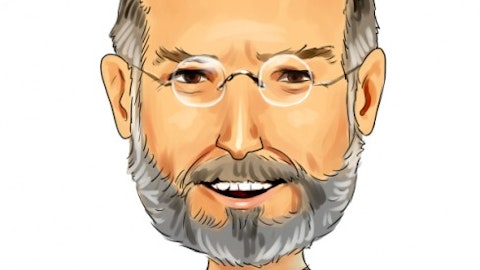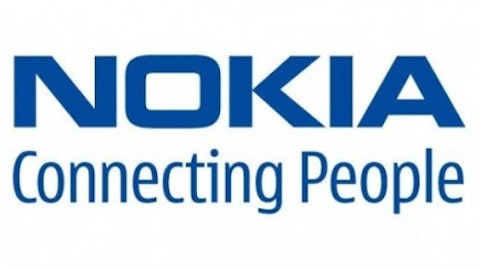Here in Wales the BBC makes the television program “Dr. Who.” As a small boy I would wait eagerly for the regular Saturday episode. Fifty years later I still look forward to new episodes, which are now popular with large audiences around the world.

Dr. Who has kept its popularity by making judicious changes and improvements, but the key change came early on. The aging actor William Hartnell “regenerated” into a new body and the main part was taken over by Patrick Troughton. This set the scene for future regenerations and this continual refreshment has enabled the program to remain popular today.
Companies face a similar problem to the producers of “Doctor Who.” How can they make their products and services sufficiently popular to stand the test of time? Products such as floppy disk drives or photographic film regularly become obsolete while completely new products such as smartphones, tablets, and social networks suddenly appear out of nowhere.
Adapt or perish
Many leading companies have failed through an inability to adapt. Kodak could not meet the challenge of digital photography despite having invented the digital camera in 1975.
Atari and Commodore both failed to keep their products competitive. Wang was the leading provider of office automation, but was unable to adapt to the world of general purpose computing. Digital Equipment’s mid-range systems were usurped by increasingly powerful PCs and the struggling company was acquired by Compaq. Then Compaq found it difficult to compete with leaner low-cost entrants to the market, like Dell, so Compaq was acquired by Hewlett Packard (HP).
Today both HP and Dell have difficulties with a turnaround exercise underway at HP while Dell is looking to restructure by becoming a private company.
For an investor, this sorry litany of failure may be a warning to avoid technology completely. But some companies have not only done well, but continue to thrive.
Survival Technique No. 1 – Set the Standard
Many regard Microsoft Corporation (NASDAQ:MSFT) as yesterday’s business wedded to Windows PCs in a world dominated by iPhones, iPads, Android devices, Apps and the internet. Microsoft’s attempts to become part of the brave new world often seem to blow up in its face, such as with Zune and Windows 8. But a look at the figures tells a better story. Microsoft Corporation (NASDAQ:MSFT)’s revenues have increased steadily from $4 billion in 1993 to $74 billion in 2012. Investors buying shares in 1993 would have a 485 bagger today!
Early in its history, Bill Gates motto for his new company was “Microsoft sets the standard,” and so it has turned out. Microsoft produces the de facto standard desktop operating system, server operating system, database, office productivity software, and software development tools. In the world of business these standard systems and protocols are far more important than the latest cool gizmos, and this isn’t set to change anytime soon. Microsoft Corporation (NASDAQ:MSFT)’s attempts to diversify and expand into cool new areas have met with limited success, but the bulk of its income comes from operating systems and business software.
Today’s Microsoft is a solid company with a dependable dividend. Following the recent rise in share price, a careful investor might find the P/E of 17 just a little high and wait for a better value point.
Looking forward, businesses dependent on Windows, SQL Server, ASP.Net and Office will continue to provide Microsoft with boatloads of cash. Microsoft will stand the test of time because it has established its software as the standard platform for most businesses.
Survival Technique No. 2 – The Serial Innovator
In comparison with Microsoft’s smooth ascent, Apple Inc. (NASDAQ:AAPL) has been riding a roller coaster. Apple hit the IT world with a bang producing the world’s first personal computer. But its early success was eroded when IBM entered the market and used its muscle to promote its own architecture.
Apple Inc. (NASDAQ:AAPL) was close to bankruptcy in 1997 when its enigmatic founder Steve Jobs returned to the company. Jobs fastidious dedication to quality, design and innovation helped rebuild the company launching a flurry of world beating products – the iPod, iPhone and iPad.
Apple Inc. (NASDAQ:AAPL) has withstood the test of time by using the massive profits generated by its world beating products to reinvest in research and development and continually replenish its product line. This is a much riskier approach than that of Microsoft, but investors looking for bigger gains may find Apple more attractive.
Apple is currently in an incubation phase. A skeptical market is unsure whether Apple can still find world-beating, new products. A large percentage of its current income derives from the fickle mobile phone market. Nervous investors have marked down the stock by 40%. But at a P/E of 10 with a 3% dividend and a $50 billion share buyback there’s a lot of value in Apple.
Despite the loss of Steve Jobs, Apple’s business model hasn’t changed. Tim Cook has dropped broad hints that new products will be released through the autumn and beyond causing Apple’s stock price to soar again. Apple will be with us for many years to come.
Survival Technique No. 3 – Regenerate!
Back in the sixties, Thomas J Watson Jr. realized that the future was in mainframe computers and he committed $5 billion to developing the System 360. The payback? International Business Machines Corp. (NYSE:IBM) controlled the market for years to come.
The cycle was repeated in the 1980s. When personal computers became all pervasive IBM invested large amounts and established the International Business Machines Corp. (NYSE:IBM) PC as the standard architecture.
In the 1990s the internet and e-business became the latest must-have technology and IBM invested hugely in developing solutions for e-business using open standards. PCs became commodity products and IBM quietly divested itself of the business.
Today, International Business Machines Corp. (NYSE:IBM)s Smart Planet line of products is using data analytics to provide intelligent integrated solutions to large institutions. Its Watson artificial intelligence system is being used to automate complex support systems.
In the words of IBM’s CEO Virginia Rometty:
“we pursue continuous transformation—always remixing to higher value in our portfolio and skills, in the capabilities we deliver to our clients and in our own operations and management practices.
This is not the only path to success in our industry, and it is not the easiest one. But it is ours.”
International Business Machines Corp. (NYSE:IBM)s revenues were rather flat in the first quarter 2013, resulting in a sudden drop in the share price which has since fluctuated. IBM has always followed periods of consolidation with new development and expansion. With Smart Planet and Watson fuelling the latest expansionary phase IBM is confident that the $15.25 earnings per share for 2012 will grow to at least $20 in 2015.
International Business Machines Corp. (NYSE:IBM) is reasonably priced at a P/E of 14 and has some stability in its revenues as its large customers cannot move easily to alternative suppliers. It’s also worth noting that Warren Buffet is a major investor in IBM.
Just like Dr. Who in his big blue TARDIS, IBM has withstood the test of time by continually regenerating. Perhaps now is a good time to get on board?
Ian Richards owns shares in Apple. The Motley Fool recommends Apple. The Motley Fool owns shares of Apple, International Business Machines (NYSE:IBM)., and Microsoft. Ian is a member of The Motley Fool Blog Network — entries represent the personal opinion of the blogger and are not formally edited.
The article Dr. Who and IBM originally appeared on Fool.com is written by Ian Richards.
Copyright © 1995 – 2013 The Motley Fool, LLC. All rights reserved. The Motley Fool has a disclosure policy.
